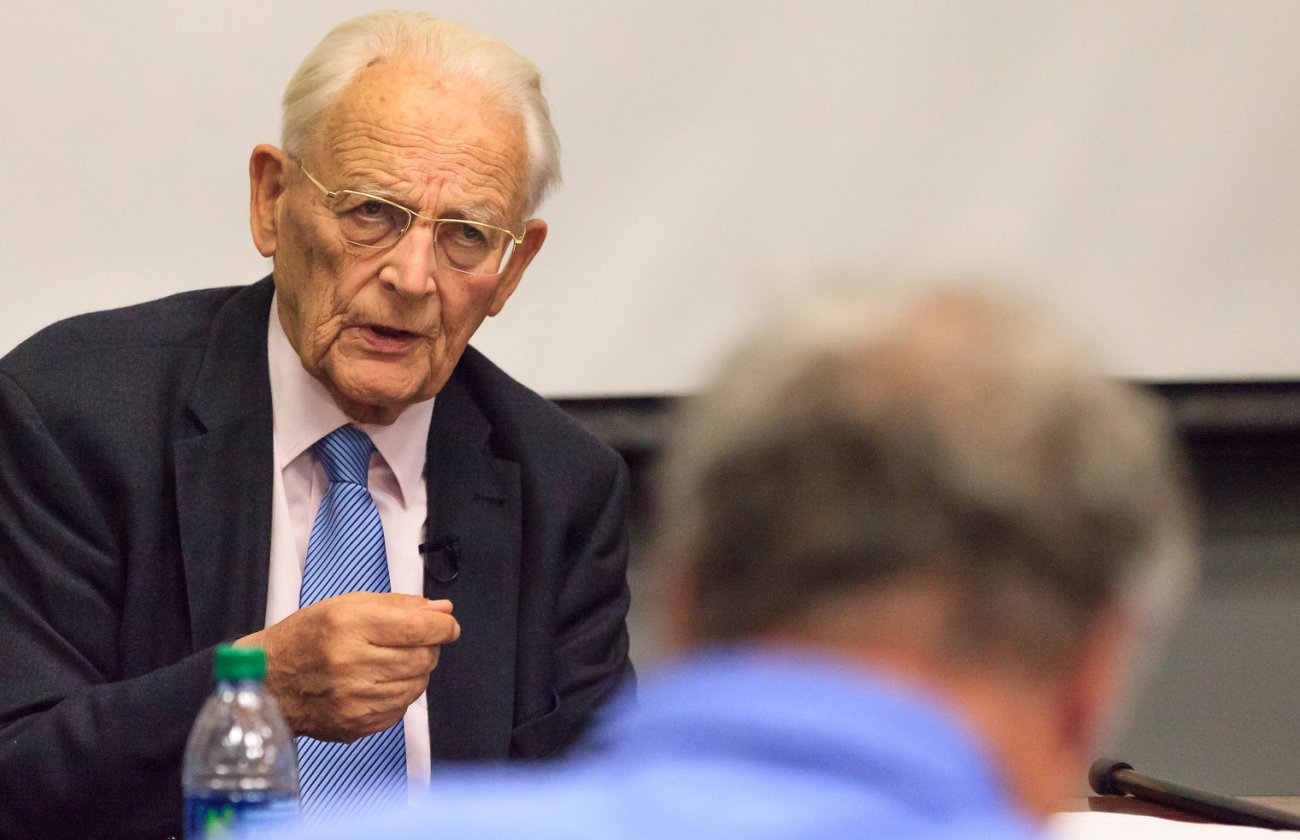 The Jan. 23 Annenberg Research Seminar featured a presentation by the Rogers Chair of Studies in Journalism and New Information Technology from the University of Western Ontario, Alison Hearn. Hearn's topic, "Sentimental 'greenbacks' of civilization": Cartes de Viste and the Pre-History of Self-Branding discussed the history behind the way in which the self has come to "present itself as a form of economic value." Hearn explained the history of the Cartes de Viste, the photographs mounted on pieces of cardboard that became collector's items in the late 19th century. Once the famous photographer André Adolphe Eugène Disdéri published Emperor Napoleon III's photos in this format, said Hearn, their popularity grew into "cardomania." "The cards functioned as image tokens," Hearn said. These tokens represented not only famous people but also average, everyday people. "People collected portraits of people they didn't know, unknown people would find themselves as popular collectibles," she said. As people collected these images, albums served as a way to promote one's social status, said Hearn. Hearn compared this structuring of the "persona produced for public consumption" to the weight of the Facebook "friend list" or measured online reputation. This "construction of self with others in mind" represented a "direct monetization of being." Today, this concept is reflected in reality TV personalities and klout scores, said Hearn. As America switched from coin currency to "greenbacks" or paper money, "anxieties about carte's role as social currency ran parallel to the anxieties about paper moneny's ability to represent value." This likeness caused Cartes de Visite to be dubbed as the "sentimental greenbacks of civilization." "Cartes played a direct role in processes of capitalist value production," said Hern, but even as "cardomania" died out the trends intensified. "Individuals became accustomed to offering themselves for public appraisal," and subjecting to "processes of commodified self-production." This mindset has led to today's compulsion to create one's own "brand identity" in which the self becomes imprinted as capital in which "I" has become money, she said.
The Jan. 23 Annenberg Research Seminar featured a presentation by the Rogers Chair of Studies in Journalism and New Information Technology from the University of Western Ontario, Alison Hearn. Hearn's topic, "Sentimental 'greenbacks' of civilization": Cartes de Viste and the Pre-History of Self-Branding discussed the history behind the way in which the self has come to "present itself as a form of economic value." Hearn explained the history of the Cartes de Viste, the photographs mounted on pieces of cardboard that became collector's items in the late 19th century. Once the famous photographer André Adolphe Eugène Disdéri published Emperor Napoleon III's photos in this format, said Hearn, their popularity grew into "cardomania." "The cards functioned as image tokens," Hearn said. These tokens represented not only famous people but also average, everyday people. "People collected portraits of people they didn't know, unknown people would find themselves as popular collectibles," she said. As people collected these images, albums served as a way to promote one's social status, said Hearn. Hearn compared this structuring of the "persona produced for public consumption" to the weight of the Facebook "friend list" or measured online reputation. This "construction of self with others in mind" represented a "direct monetization of being." Today, this concept is reflected in reality TV personalities and klout scores, said Hearn. As America switched from coin currency to "greenbacks" or paper money, "anxieties about carte's role as social currency ran parallel to the anxieties about paper moneny's ability to represent value." This likeness caused Cartes de Visite to be dubbed as the "sentimental greenbacks of civilization." "Cartes played a direct role in processes of capitalist value production," said Hern, but even as "cardomania" died out the trends intensified. "Individuals became accustomed to offering themselves for public appraisal," and subjecting to "processes of commodified self-production." This mindset has led to today's compulsion to create one's own "brand identity" in which the self becomes imprinted as capital in which "I" has become money, she said.
Western Ontario's Hearn discusses pre-history of self-branding at Research Seminar
January 24, 2012
Updated May 3, 2023 11:27 a.m.









